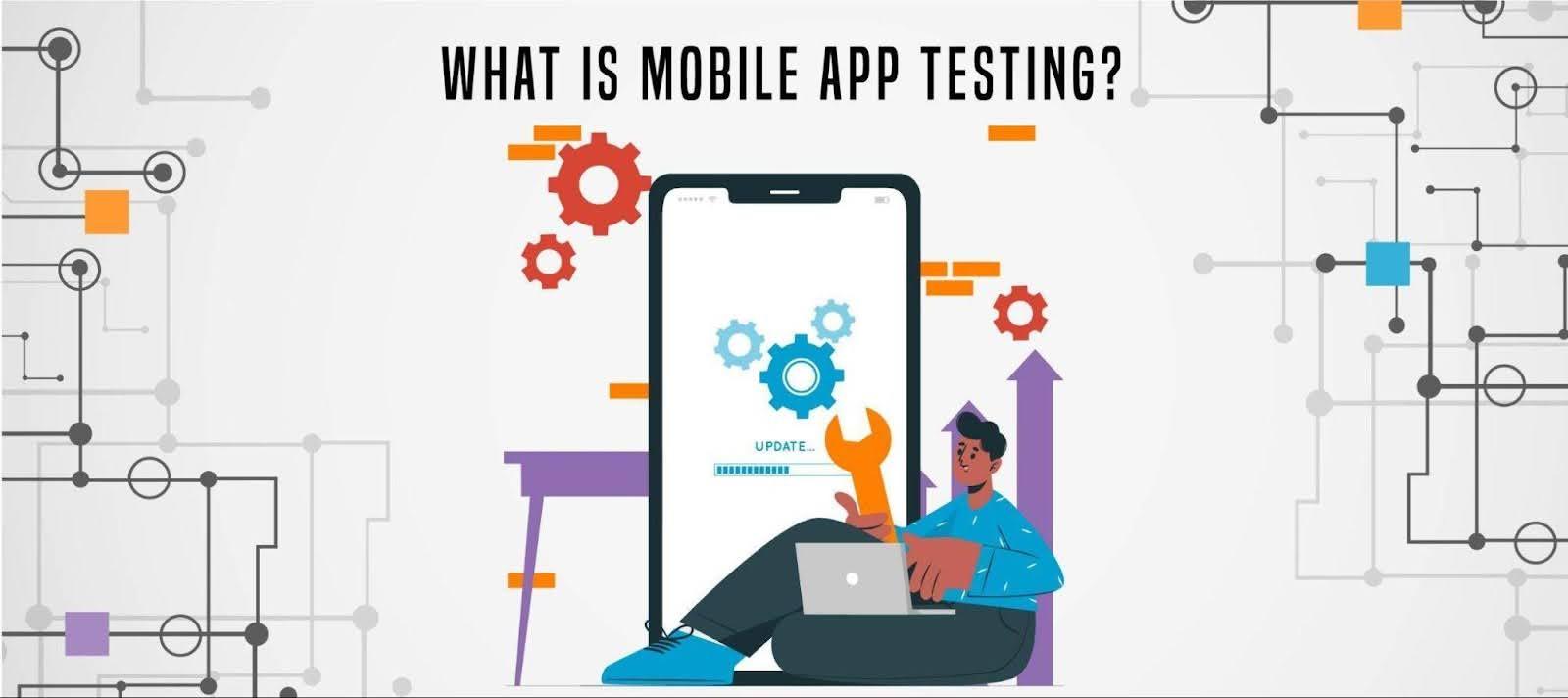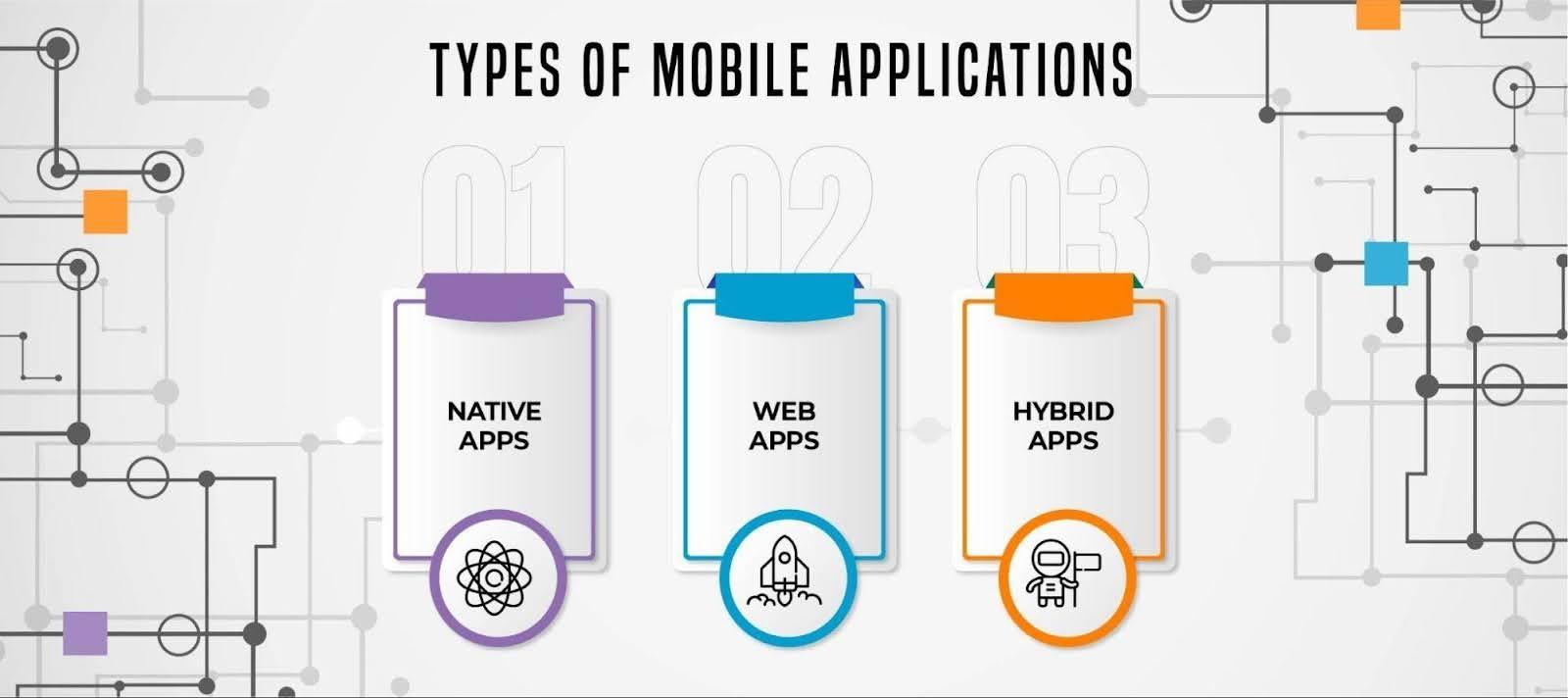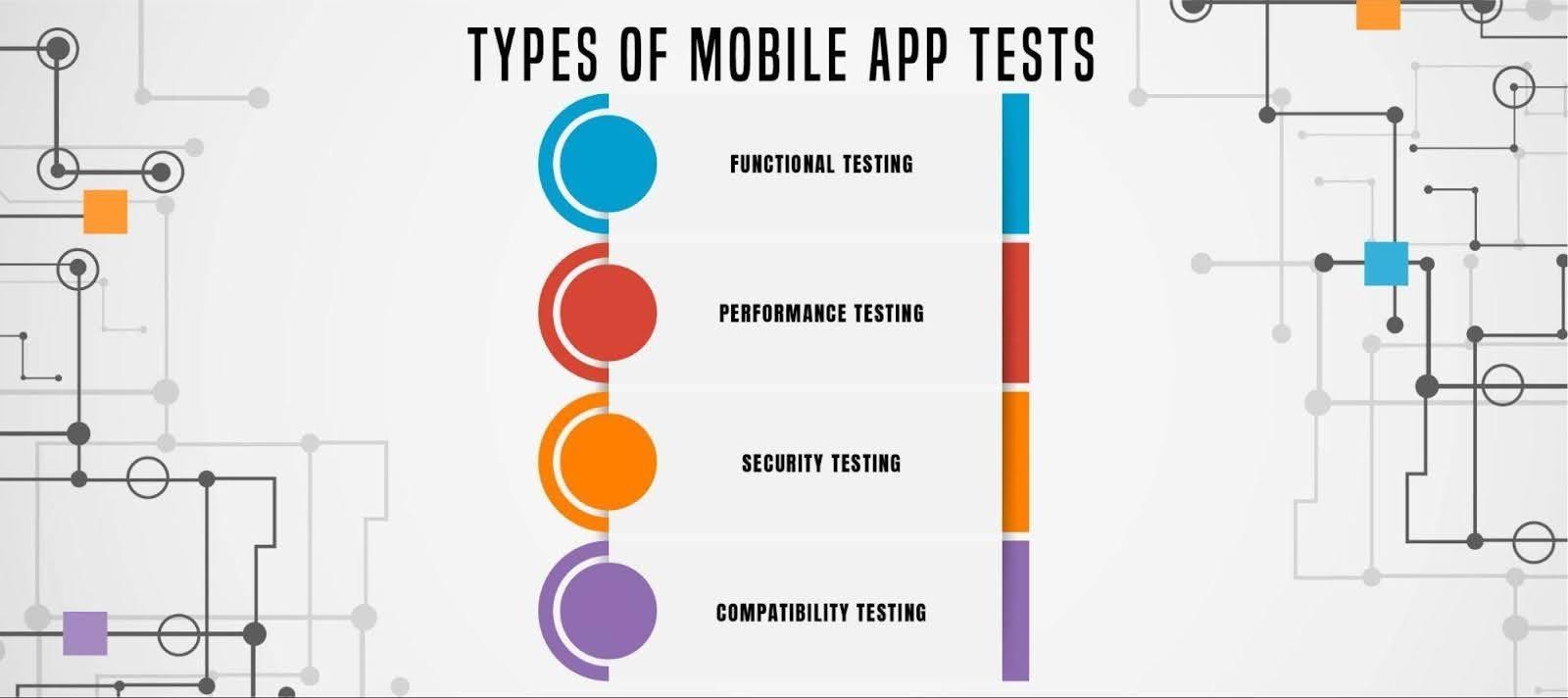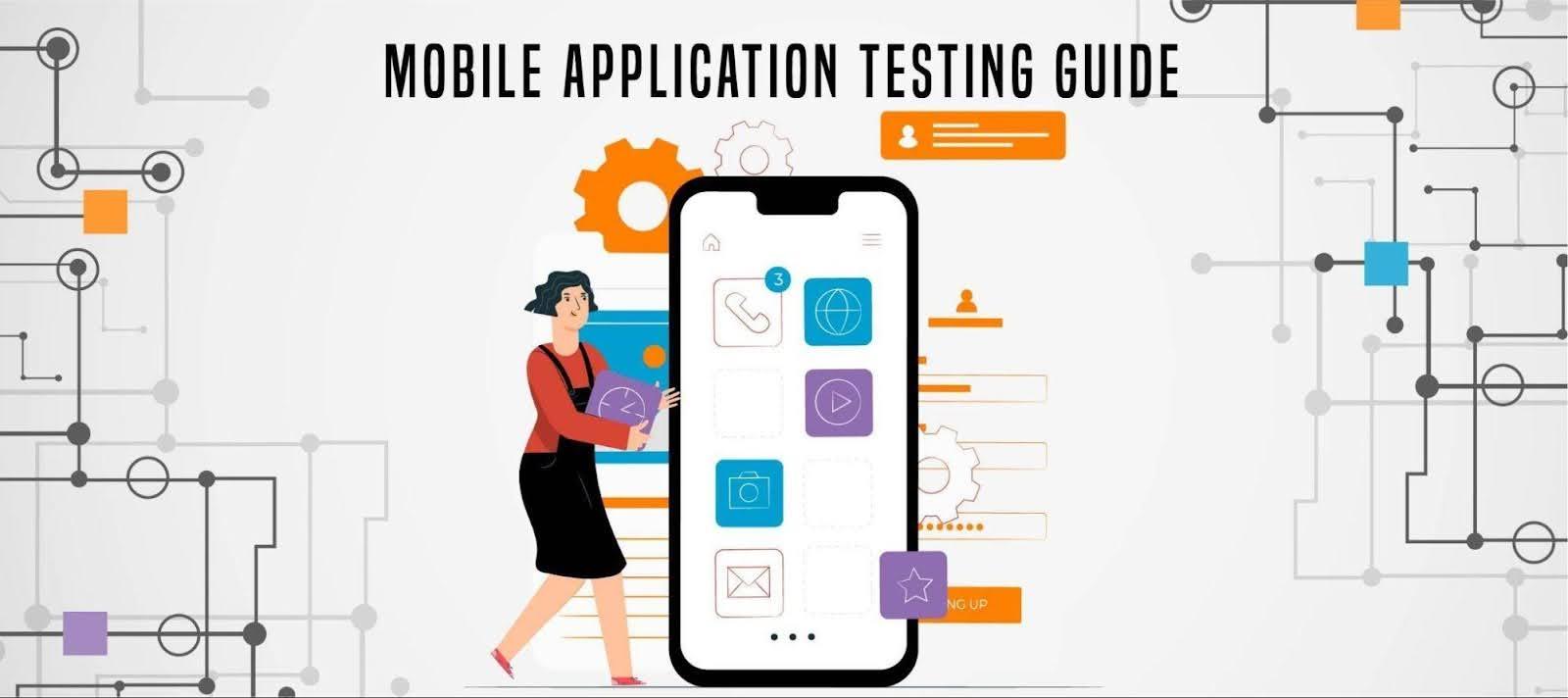Quality Assurance
Enhance Your Mobile App Quality with Effective Testing: Types, Process and Best Practices
What is mobile application testing?

Mobile application testing is checking a mobile application to ensure that it works as required, easy to use and secure. Such testing helps the user identify issues. Before publishing your app This is to ascertain that everyone has a good experience.
Types of Mobile Applications

In the following, one should be familiar with the different types of mobile applications before starting the testing process. A mobile application can be classified into the following types:
Native apps: These applications are built using programming languages specifically used for individual platforms, including Java/Kotlin for Android and Swift for iOS. Native applications often require device specific features and perform better.
Web apps: They are customized web pages whose aim is to work well with mobile browsers. An internet connection also has to be used along with a web browser.
Hybrid Apps: They are made up of web technologies HTML, CSS, JavaScript that take the positive attributes of web and native applications and repose them in a native container.
Types of Mobile Application Testing

Thus, ensure the strength of your mobile application and make various tests. General types of such tests include:
Functional Testing: This is testing the features of the application to ensure that they work as intended. This may include testing the user interface, the database, the API, and so on.
Performance Testing: Testing the application's response time, speed and performance when it is working under varied conditions like low battery, bad network or high usage.
Security Testing: Detect and fix vulnerabilities that can compromise user data or affect the functionality of your application.
Compatibility Testing: This is ensuring that the app works just fine on all devices and screen sizes and operating systems.
Mobile Application Testing Guide

1. Defining Test Objectives: Charting Your Course to Success
Before heading towards testing, one important thing is establishing clear and concise test objectives, which means knowing the intended functionality of your application, who the target audience will be and how your application might face challenges in the diverse mobile landscape. All these objectives well in place will set the platform for a purposeful, efficient and in tune testing process as concerned with the larger goals of your mobile app development project.
2. Test Cases Creation: Developing a Detailed Blueprint
And now that the goals are set, let's get into detailed test cases. In fact, test cases form a comprehensive blueprint, the systematic detailing of scenarios and conditions under which your application will be put to the test. Detailed test cases form the basis of a robust testing strategy user interactions and input validations to error handling mechanisms, no stone left unturned as an aspect of functionality.
3. Selecting Testing Tools: Empowering Your Testing Arsenal
Choosing the right testing tools is a bit like choosing the right battle weapons. Depending on your application type, and the specific tests you need to run, Appium, Selenium, or Xcode are all excellent tools that may become a great help in this fight of testing. The following section will guide you through the choice of most pertinent tools, which will help you streamline your testing activities and efficiently maximize your productivity.
4. Executing Test Cases: Precision in Action
Test cases put into action, each step of which has been designed and would be followed to the letter. This step involves a systematic test case run, an accurately documented outcome of the test case and the precise identification of abnormalities or discrepancies. When it comes to the final test for functionality, performance and overall agreement with the set objectives, this step requires precision and careful detail work.
5. Automating Testing-if applicable: Streamlining Efficiency
Automatic testing can really give a great impetus to the process, especially when it comes to regression testing and redundant operations. This chapter talks about benefits from test automation, with some guidelines on when to use what and how to apply automation in your testing plans. You will quickly find that it is highly productivity enhancing to automate some of the steps of testing and thereby undergo a greater inspection of your application.
Best Practices for Mobile Application Testing
The following best practices should be in place for success in mobile app testing:
- Early and Continuous Testing: Testing shall be carried out as early as possible within the development cycle to catch problems at an early stage of testing. Testing also has to start at each step of the process wherein any discrepancies get caught at an early stage.
- Real-World Testing: Test the application in real-world scenarios in order to check its performance under conditions users may face.
- User Experience Testing: Ensure the app meets the user's expectations by testing for user interface, navigation and usability
- Security is paramount: Incorporate security testing in the process to identify and fix vulnerabilities that could allow a hacker to access sensitive data from the users.
- Regression Testing: It has to be performed periodically so that new components or upgrades do not create problems or inhibit already existing functionality.
Ready to transform your business with our technology solutions? Contact Us today to Leverage Our QA Expertise.

Contact Us